|
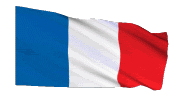
Les fossiles du Maroc dans l'emplacement des films.
Avez-vous vu Specter (2015), Hidalgo (2004) ou The Mummy (1999)? Le cache de la Terre est situé juste au lieu de tournage de ces films. C'est le Gara Medouar - une structure géologique de forme circulaire. Il est très souvent confondu avec une sorte de cratère, d'impact ou de volcanique, peu importe. En fait ce n'est pas un cratère du tout. Ce que vous verrez sera clair lorsque vous entrerez sur le site à travers la porte du mur artificiel.
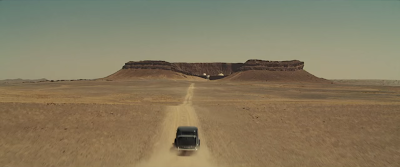
Lorsque vous approchez du site, vous pouvez voir les couches distinctes sur les falaises de la structure - c'est un massif typique de roches sédimentaires. Mais pourquoi est-il si régulier? Vous pouvez remarquer l'orientation des couches de roche à l'intérieur de la structure. Ils sont doucement inclinés vers le centre du site. Les géologues appellent cette inclinaison des couches comme le trempage et mesurent souvent son angle et son azimut. Sur la base de ces mesures, de nombreuses structures tectoniques peuvent être déterminées. Cette structure peut être décrite comme un point central d'un pli circulaire. Et sa structure en forme de bol indique qu'il s'agit d'un synclinal. Cette structure est formée de roche assez dure qui a résisté à l'érosion se produisant ici pendant des millions d'années. La forme de la formation rocheuse peut être illustrée comme ci-dessous sur la coupe géologique présentant la stratification simplifiée de la structure.

Les roches sédimentaires autour sont des grès et des grès à grain fin et contiennent beaucoup de fossiles. La plupart d'entre eux sont disponibles à la vente bien préparés (et parfois faux) aux stands en bord de route et presque partout ailleurs dans cette région du Maroc. Si vous voulez voir ces choses in situ c'est le site. Si vous avez le temps, explorez ce monument géologique et cherchez des trésors. Vous pouvez trouver des fossiles dans trois waypoints du EarthCache.
Les fossiles les plus typiques des formations dévoniennes dans cette région sont les suivants:
|
A. Les goniatites sont des céphalopodes ammoniacaux qui forment l'Ordre Goniatiida, apparu il y a 400 millions d'années. Les goniatites (goniatitida) ont survécu à l'extinction du Dévonien tardif pour s'épanouir au cours du Carbonifère et du Permien jusqu'à disparaître à la fin du Permien. Leurs habitats étaient les mers intérieures, avec la diversité des hauts-fonds dans les rampes profondes et les environnements basaux au large plutôt que dans les zones côtières.
|
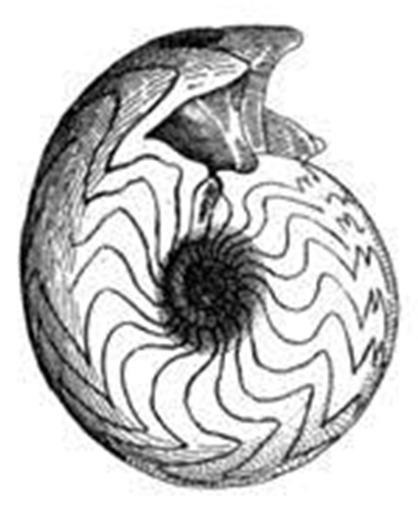
|
|
B. Nautiloids d'Orthocone, vaguement appelés Orthoceras. Ils étaient un type très commun de céphalopodes au Paléozoïque, certains types atteignant des tailles énormes, bien plus de six mètres de long, les faisant parmi les plus grands animaux dans les mers à l'époque. La coquille externe fossilisée était en partie là pour fournir la protection contre les prédateurs, mais la coquille était également importante pour fournir la flottabilité neutre.
|
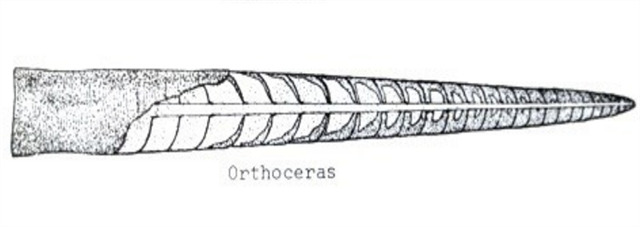
|
|
C. Trilobites (qui signifie «trois lobes») sont un groupe fossile d'arthropodes arachnomorphes marins éteints. Ils ont prospéré tout au long de l'ère du Paléozoïque inférieur avant de commencer un déclin prolongé jusqu'à l'extinction à la fin du Permien il y a environ 252 millions d'années. Les trilobites avaient de nombreux styles de vie; certains se sont déplacés sur le fond de la mer en tant que prédateurs, charognards ou filtreurs, et certains ont nagé, se nourrissant de plancton.
|
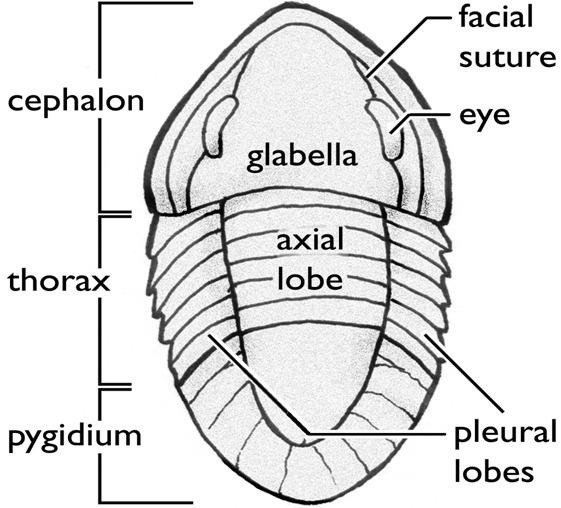
|
|
D. Les brachiopodes sont des animaux marins appartenant à leur propre embranchement, Brachiopoda. Les brachiopodes modernes occupent une variété d'habitats marins, allant des tropiques aux eaux froides. Ils sont pratiquement sans défense et leur coquille, enfermant les organes de l'animal, est leur seule protection. La plupart d'entre eux sont attachés de façon permanente par une tige charnue (le pédicule) à une surface dure du fond marin et sont incapables de poursuivre activement la nourriture.
|
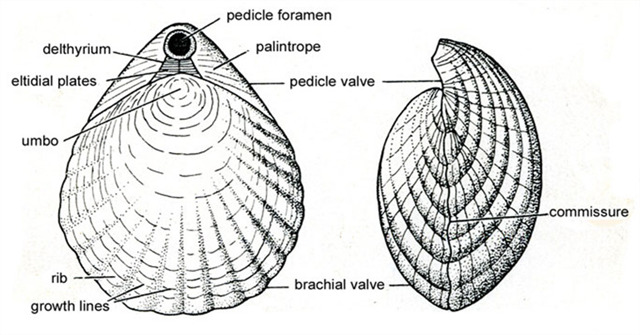
|
Pour valider votre visite sur le site, envoyez-moi, réponses aux questions:
1. Quels fossiles sont abondants dans le waypoint principal d'EathCache: A B C or D?
2. Quels fossiles sont abondants dans le waypoint 2 d'EathCache: A B C or D?
3. Quels fossiles sont abondants dans le waypoint 3 d'EathCache: A B C or D?
4. Dans quelle direction les couches rocheuses sont-elles inclinées dans le waypoint 2: Ouest ou Est?
Envoyez les réponses dans le message. S'il vous plaît ne pas attendre la réponse, il suffit de connecter le cache. S'il y a des problèmes avec les réponses, nous vous contacterons.
S'il vous plaît ne gâtez pas le Earthcache. Ce serait génial si vous ne publiez pas de photos de fossiles dans les waypoints. Les messages avec des images de fossiles seront supprimés.
En ce qui concerne la collecte de fossiles, je ne suis pas sûr que vous puissiez choisir des fossiles ici, mais à coup sûr, ne cueillez pas de fossiles dans les waypoints.
Vous êtes invités à télécharger des photos de vous-même au point de vue ou à tout autre endroit du site.
Au fait: vous avez probablement une rencontre avec des vendeurs de fossiles là-bas. Si vous rencontrez Ali Nomad, l'Ornithologue lui envoie des salutations spéciales de Pologne et a une bonne poignée de main. Il est vraiment gentil.
|